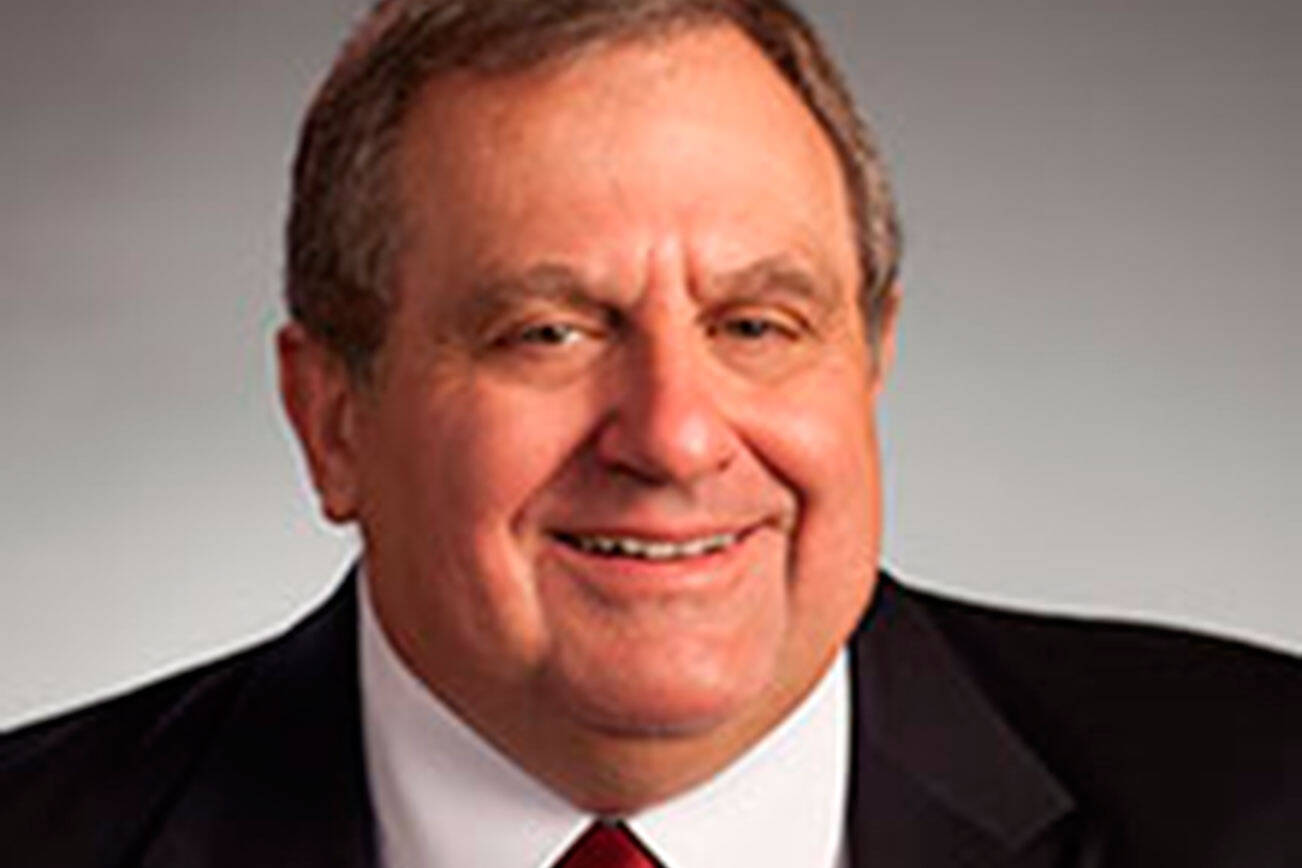Looking ahead in 2023, one of the most significant shifts America needs is to return to an “All of the Above” strategy which expands our energy options rather than further restricting them.
That strategy was incorporated in the 2005 Energy Policy Act signed into law by President George W. Bush. It was inclusive and focused on incremental improvements coupled with innovation.
However, in the last couple of years, our political leaders have hastily and unwisely narrowed fuel options to exclude gasoline, diesel, coal, and natural gas — and diminish the role of nuclear.
Our state’s approach to energy needs to broaden.
For example, Gov. Jay Inslee joined a dozen governors asking President Biden to end the sale of new gas-powered vehicles nationwide starting in 2035. Inslee pushed our state’s ban up to 2030.
Rather than focusing totally on battery powered electric vehicles (EV), many carmakers see a need for diversity. For example, Toyota, which launched its gas-electric hybrids in 1997, is focusing on lowering fuel consumption and curtailing air pollutants.
While EV production and sales are ramping up, Toyota President Akio Toyoda warns he is among the auto industry’s silent majority in questioning whether EVs should be pursued exclusively. Toyota’s goal is to produce 3.5 million electric vehicles annually by 2030, which would be more than a third of its current yearly sales.
As of last October, electric vehicles comprised 6.5 percent of the total new-car market according to consumer research firm J.D. Power. By comparison, Green Car Report says more than 1 billion gas and diesel vehicles are on the planet today.
Last July, Inslee lobbied to change our state’s building codes to significantly restrict natural gas use in new buildings. Starting this year, new businesses and apartments are to use electric heat pumps to warm air and water.
Washington’s building codes ban is despite new technology used to extract methane from garbage landfills before it escapes into the atmosphere. It is collected and burned as a fuel source.
Methane is a need to replace more polluting oil used to propel ocean-going ships. Tacoma-based Tote Maritime is pioneering liquefied natural gas (LNG) to run its vessels sailing between Washington state and Alaska.
So where does that leave us heading into 2023?
First, we need to recognize there are no simple or magic answers. Each fuel source has its advantages and shortcomings — and its specific purpose.
For example, during extreme weather when solar and wind generation is down or insufficient, more dependable natural gas, coal, hydro and nuclear is needed to augment the power grid.
Second, our energy policy makers need a reality check. They need to consider the impacts of their limitations. For example, in California last summer EV drivers were not allowed to charge their cars because of electric grid overload during a heat wave. There simply was not enough electricity or transmission capacity.
Third, elected officials must innovate. For example, in Wyoming state officials are working with TerraPower founder Bill Gates to covert the Rocky Mountain Power coal plant to the first sodium-cooled advanced nuclear reactor. The power generator and transmission facilities remain in place.
Fourth, there must be a recognition there are trade-offs. For example, the four lower Snake River dams have 24 generators producing enough electricity to power a city the size of Seattle at peak generation. To replace their capacity would require between 2,900 and 4,200 wind turbines or six natural gas generating facilities.
Our elected leaders need to keep open minds and reinvigorate our entrepreneurial spirit. While government incentives are important, they should be used to encourage innovation and not to drive buying decisions.
Our focus must be an “All of the Above” strategy.
Don C. Brunell is a business analyst, writer, and columnist. He can be contacted at theBrunells@msn.com.



